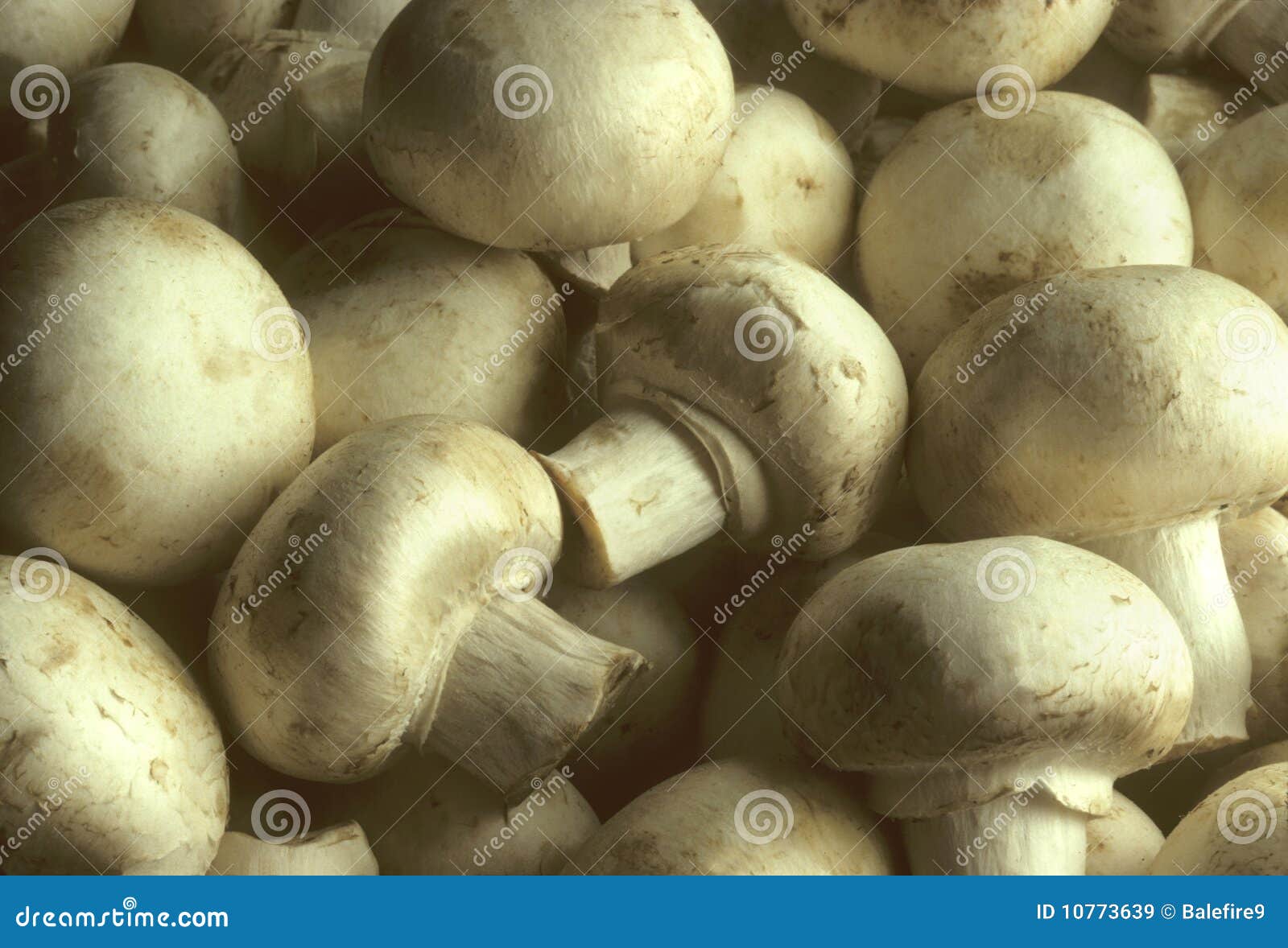


He equated the use of CO2 to a resident using a solvent like Varsol to wash out oil on the pavement of a driveway.Īll of the oil they produce, along with all oil produced in the southeast, is pipelined by Kingston Midstream (formerly Enbridge Pipelines) to Cromer, Man., and from there it’s sent by pipeline to refineries in Chicago and other points in the Mid West United States.Īsked if carbon dioxide is corrosive to their pipeline system, Cretin noted that CO2 becomes corrosive when combined with water to produce carbonic acid. It’s solid rock, and the oil and water are trapped in tiny pores, he explained, pointed out about 70 per cent of the oil in the pool is trapped inside the rock. “How it works is the carbon dioxide is a solvent we inject to help release the oil in the pores of the rock. Cretin noted they are taking nearly all of the CO2 produced by one of the four generating plants for SaskPower for use in the oil recovery operation, and said this supplies roughly a third of Whitecap’s needs for CO2. The CO2 was first pipelined to them from Dakota Gasification in Beulah, North Dakota, and in 2013-14, the company built a pipeline from the SaskPower operation at Boundary Dam as their secondary source. He related an anecdote where a research scientist told his colleagues he was flying in to Regina before heading down to Weyburn, and the colleagues asked where Regina was, because “everyone knew where Weyburn was.” Last year Whitecap hosted a couple of teams of Chinese scientists, as well as visitors from Saudi Arabia and Abu Dhabi, “so we’re still attracting a lot of attention,” said Cretin. The Weyburn Unit is billed as the world’s largest man-made CO2 oil field attracting research scientists and delegations from around the world. With waterflood injection, they reached a peak in production of around 47,000 barrels a day in 1969 before it declined, and when CO2 injection began in 2000, the production went back up to 30,000 barrels a day before that declined to its current level of production. It’s a significant green story,” said Cretin, noting the significance of the CO2 sequestration has become a bigger story in the last five years especially. “For us, we think that’s a significant difference from most other oil companies who aren’t using carbon dioxide, who aren’t using a man-made source of carbon dioxide. In the 20 years of carbon dioxide injection, there is an estimated 30 million tonnes sequestered underground, and in 2019, Whitecap injected 1.4 million tonnes of CO2, with a total of 2 million tonnes sequestered, meaning they put 600,000 tonnes of CO2 into the ground over and above what was produced in their operations. He estimated about 500 million barrels of oil have been produced in the last 65 years, so there is still about one billion barrels of oil in the pool. “As you drill more wells and you understand the geography better, that number continues to grow,” noted Cretin. Cretin noted the estimation of the oil-in-place was 300 million barrels of oil in the Weyburn Field, but that has now been upgraded to 1.5 billion barrels of oil, the third largest oil field in Canada outside of the oilsands and the Fort McMurray operations. Within three years of the discovery well, Weyburn was identified as the largest oil field in Saskatchewan with 275 producing wells. PanCanadian changed its name to Encana when it merged with Alberta Energy in 2002, and when Encana split its oil and gas operations, Cenovus was formed and was the operating company until it sold to Whitecap Resources in 2017. Canadian Pacific Oil and Gas bought Central Del Rio in 1969, and they changed the company name a few years later to PanCanadian Petroleum. The field began with the discovery well in 1954 (with the 65 th anniversary celebrated last November), drilled by Central Leduc, which became Central Del Rio in 1963. Whitecap, which took over the former Cenovus Energy operation in 2017, owns 62 per cent of the operation along with 24 partners, with 700 producing oil wells and 300 injection wells, along with about 1,600 km of pipeline that they operate. “We currently produce 23,000 barrels a day of oil, and 180,000 barrels of water,” said Cretin, noting 350 million cubic feet of carbon dioxide have been injected into the Weyburn Field to enhance the oil production.
Whitecap gardena update#
Whitecap Resources' carbon dioxide miscible flood operation is a “significant green story," says the company's operations superintendent.ĭarcy Cretin shared an update on how the oil company’s plant operations are going in a Zoom meeting with Weyburn Rotary Club members this week.


 0 kommentar(er)
0 kommentar(er)
